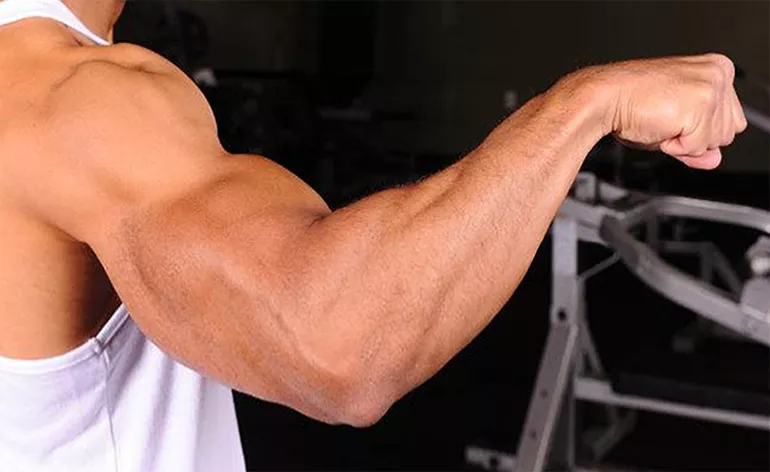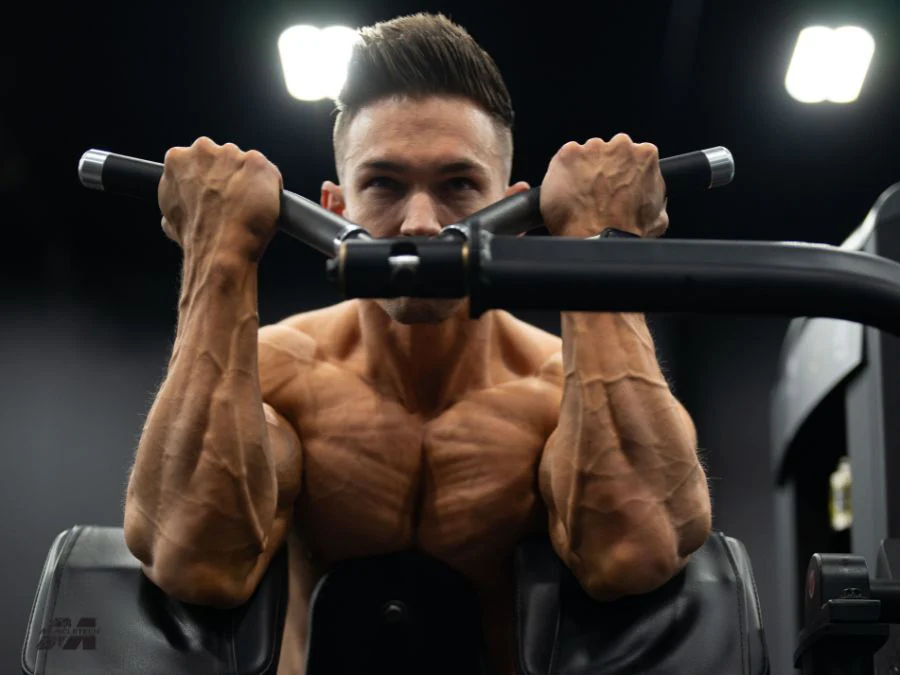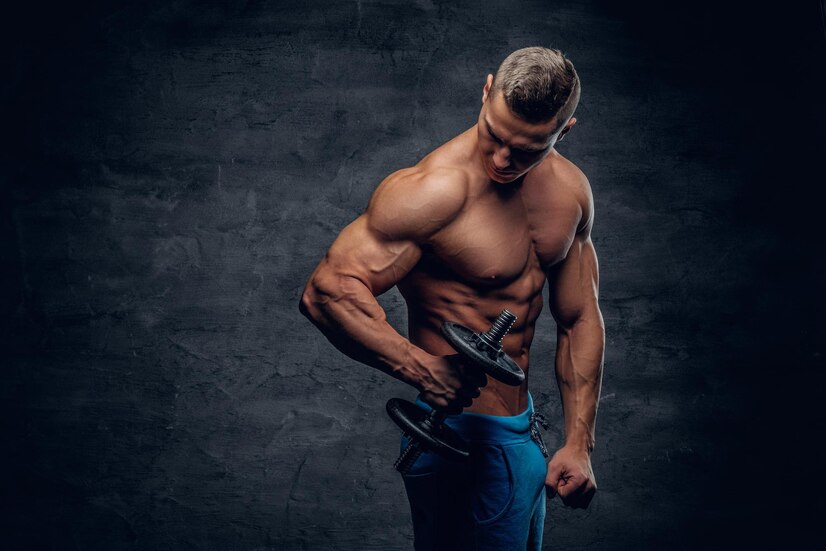Forearm Workouts: Build Size, Strength, and Grip That Lasts
When you think about building big, impressive arms, most people immediately go to biceps and triceps. But any seasoned bodybuilder knows that forearm development is the missing link in both aesthetic appeal and functional strength.
Thick, veiny forearms not only complete the look of a powerful arm — they also translate to better grip, stronger pulls, and more control in every upper body lift. Whether you’re deadlifting heavy, curling big, or doing pull-ups, your forearms are always in the game.
Let’s break down how to build them properly — with size, strength, and endurance in mind.
Why Forearms Deserve More Attention
Here’s the truth: most lifters don’t train forearms directly — and it shows.
The forearms are one of the most stubborn muscle groups, especially for genetically average lifters. They’re used to high frequency and volume from daily life, which means you need strategic overload to stimulate growth.
From a bodybuilding standpoint, forearms:
- Enhance overall arm thickness and visual balance
- Improve vascularity and definition
- Support every compound movement through stronger grip
- Reduce risk of injury (especially to elbows and wrists)
Know Your Forearm Anatomy: Train Smart
To build complete forearms, you need to understand what you’re training.
✅ Brachioradialis
- Runs from the upper arm down toward the wrist
- Most visible during hammer curls and reverse grips
- Adds mass to the top of the forearm
✅ Wrist Flexors
- Located on the inner forearm (palm-side)
- Responsible for curling the wrist forward
- Targeted through wrist curls and squeezing movements
✅ Wrist Extensors
- Outer forearm (knuckle-side)
- Extend the wrist backward
- Strengthened through reverse wrist curls
✅ Grip Muscles
- Involve fingers, hands, and forearm synergy
- Trained through static holds, carries, and fat grip work
A complete forearm routine will hit all four categories, not just one.
Best Forearm Exercises for Size, Strength, and Grip
Here are top-tier exercises ranked by their effectiveness across mass-building, strength, and grip endurance:
🔹 1. Reverse Curls (EZ-Bar, Dumbbell, or Cable)
- Targets brachioradialis and wrist extensors
- Go slow on the eccentric to increase tension
🔹 2. Wrist Curls (Seated or Standing)
- Focuses on wrist flexors
- Use light to moderate weight and high reps
🔹 3. Reverse Wrist Curls
- Hits wrist extensors hard
- Essential for elbow health and balanced growth
🔹 4. Farmer’s Carries (Dumbbells, Kettlebells, Trap Bar)
- Builds crushing grip and endurance
- Bonus: core and upper back activation
🔹 5. Hammer Curls
- Excellent crossover between arms and forearms
- Use strict form and control the lowering phase
🔹 6. Dead Hangs or Towel Hangs
- Train grip under bodyweight load
- Great way to finish a back or pull day
🔹 7. Plate Pinches
- Pinch two plates smooth-side out and hold
- Builds static grip and finger strength
Dumbbell-Only Forearm Workout (Gym or Home)
No cables? No barbells? No problem. This dumbbell-only routine works at home or in any gym.
Perform 2–3 rounds:
- Dumbbell Reverse Curl – 3 x 12
- Seated Wrist Curl – 3 x 15–20
- Seated Reverse Wrist Curl – 3 x 15
- Dumbbell Farmer’s Carry – 2 x 30–60 seconds
- Static Dumbbell Hold (at sides or in curl position) – 2 sets to failure
Tips:
- Use a controlled tempo (especially the lowering phase)
- Focus on constant tension, not just heavy weight
- If dumbbells are light, increase reps or reduce rest
Forearm Finisher (8-Minute Burnout)
Looking for a brutal pump to end your arm or back day?
Set a timer for 8 minutes. Alternate between:
- Wrist Curls x 15
- Reverse Curls x 12
- Static Hold x 30 seconds
Repeat as many rounds as possible. Your arms will feel like fire — and that’s exactly what forearms respond to.
Programming Tips: How Often Should You Train Forearms?
From a bodybuilder’s standpoint, frequency and variety are your allies. Unlike larger muscle groups, the forearms recover quickly.
➤ Beginner to Intermediate:
- Train 2–3x/week
- Add forearm work after back or arm sessions
➤ Advanced Lifters:
- Use daily mini-sessions or high-rep pump sets
- Superset forearm work with biceps or even chest days
Consistency is key. These muscles respond best to volume, time under tension, and being trained from multiple angles.
Forearm Training Mistakes to Avoid
❌ Skipping Direct Work
Pulling exercises help, but they’re not enough. Isolate the forearms.
❌ Using Momentum
Swinging the weight doesn’t build tension. Slow it down and feel the burn.
❌ Ignoring Grip Variety
Switch between overhand, underhand, neutral, and towel grips to hit all angles.
❌ Overtraining Without Recovery
Yes, forearms can handle frequency — but soreness, joint pain, and poor sleep are signs to pull back.
Final Thoughts: Build Arms That Command Respect
A great physique isn’t just about big biceps — it’s about balance, density, and the kind of arms that look strong from every angle. Forearms are often overlooked, but they’re one of the most visible and functional parts of your upper body.
Train them like you mean it. Give them volume, intensity, and intention.
Strong grip. Thick arms. No weak links.
🚦 Where to Go Next
- Arm Workouts Hub
- Biceps Training Section
- Triceps Training Section
- Grip Strength Training
Train your forearms with the same precision and intensity you give to your chest or back — and the gains will follow.
No more weak links. This is where arm dominance begins.





